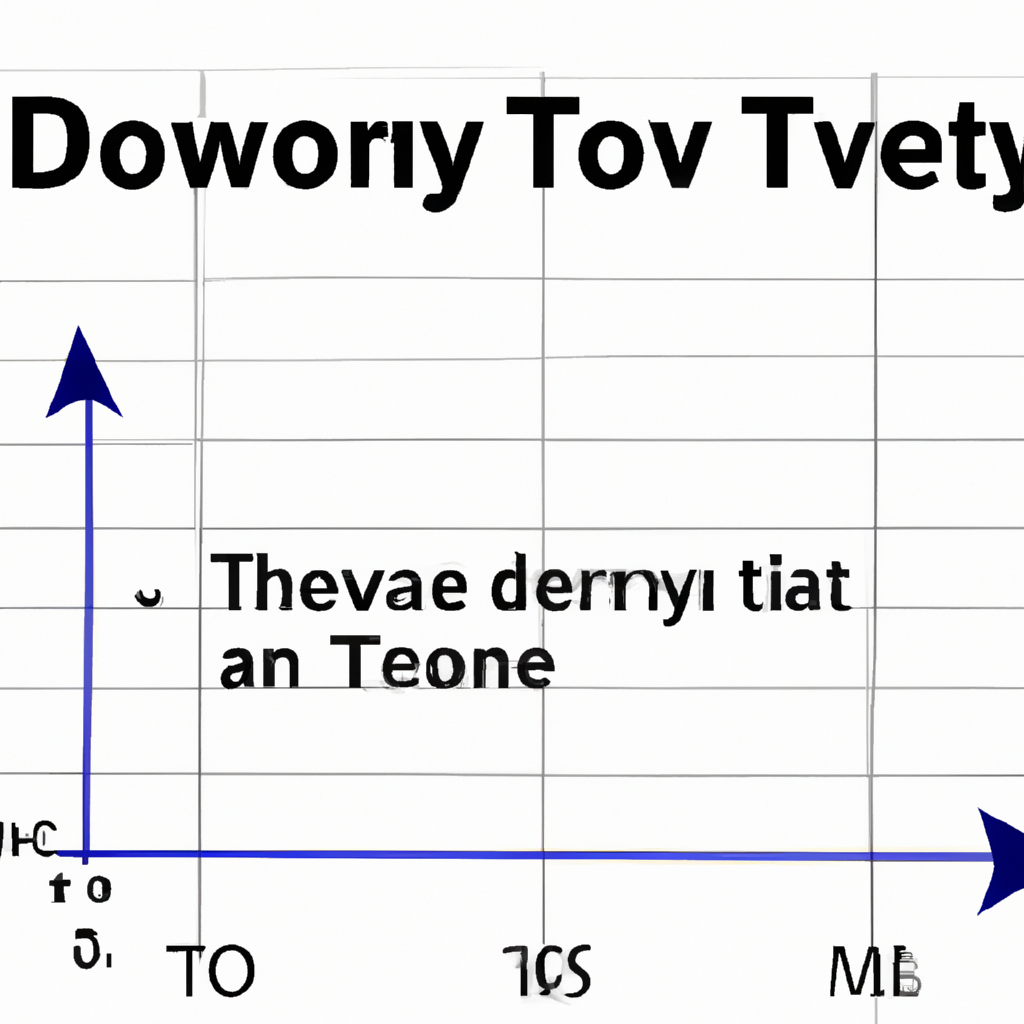The Dow Theory in Market Forecasting
Introduction
When it comes to predicting market trends and making informed investment decisions, investors and analysts rely on various tools and techniques. One such technique is the Dow Theory, which has been widely used for over a century. Developed by Charles H. Dow, the Dow Theory provides valuable insights into market movements and helps investors identify potential buying or selling opportunities.
Understanding the Dow Theory
The Dow Theory is based on the analysis of the Dow Jones Industrial Average (DJIA) and the Dow Jones Transportation Average (DJTA). According to Dow, the movement of these two averages can provide valuable information about the overall market direction.
The Three Tenets of the Dow Theory
The Dow Theory is built upon three key tenets:
1. The Averages Confirm Each Other
This tenet suggests that for a market trend to be considered valid, both the DJIA and DJTA should move in the same direction. If the DJIA is reaching new highs while the DJTA is stagnant or declining, it could indicate a potential reversal in the market trend. The confirmation of both averages is crucial to validate market movements.
2. The Market Discounts Everything
This principle implies that the market reflects all available information, including economic, political, and psychological factors. Therefore, the Dow Theory focuses on analyzing price movements rather than attempting to predict the reasons behind them. By studying price patterns and trends, investors can gain insights into market sentiment and make more informed decisions.
3. Trends Have Three Phases
The Dow Theory identifies three distinct phases in a market trend:
a) Accumulation Phase
During this phase, informed investors start accumulating positions in a particular stock or asset class. Prices may remain relatively stable or experience a slight decline as the market absorbs selling pressure. This phase often precedes a significant upward movement.
b) Public Participation Phase
As the market trend becomes more apparent, the general public starts participating. Prices rise steadily, and optimism is high among investors. This phase is characterized by increasing trading volumes and strong upward momentum.
c) Distribution Phase
In this phase, informed investors begin to sell their positions, taking profits from the previous upward movement. The market may show signs of weakness, and prices start to decline. The distribution phase often precedes a significant downward movement.
Applying the Dow Theory in Market Forecasting
By understanding the three tenets and the phases of market trends, investors can apply the Dow Theory to forecast potential market movements. Here are some steps to consider:
1. Analyze the DJIA and DJTA
Examine the movement of both averages to identify any discrepancies or confirmations. If both averages are moving in the same direction, it suggests a strong market trend. Conversely, conflicting movements may indicate an impending reversal.
2. Look for Trend Confirmation
Confirm the trend by observing price patterns, trading volumes, and other technical indicators. Strong trends are often accompanied by increasing trading volumes and clear price patterns.
3. Identify Accumulation and Distribution Phases
By studying price movements and market sentiment, try to identify the accumulation and distribution phases. These phases can provide valuable insights into potential buying or selling opportunities.
4. Monitor Market Sentiment
Stay updated with market news, economic indicators, and investor sentiment. Market sentiment plays a crucial role in driving trends, and being aware of any significant changes can help in making better forecasts.
Conclusion
The Dow Theory has proven to be a valuable tool for market forecasting over the years. By understanding the three tenets and analyzing the movement of the DJIA and DJTA, investors can gain insights into potential market trends. However, it’s important to remember that no forecasting technique is foolproof, and combining the Dow Theory with other analytical methods can enhance decision-making capabilities in the dynamic world of investing.
